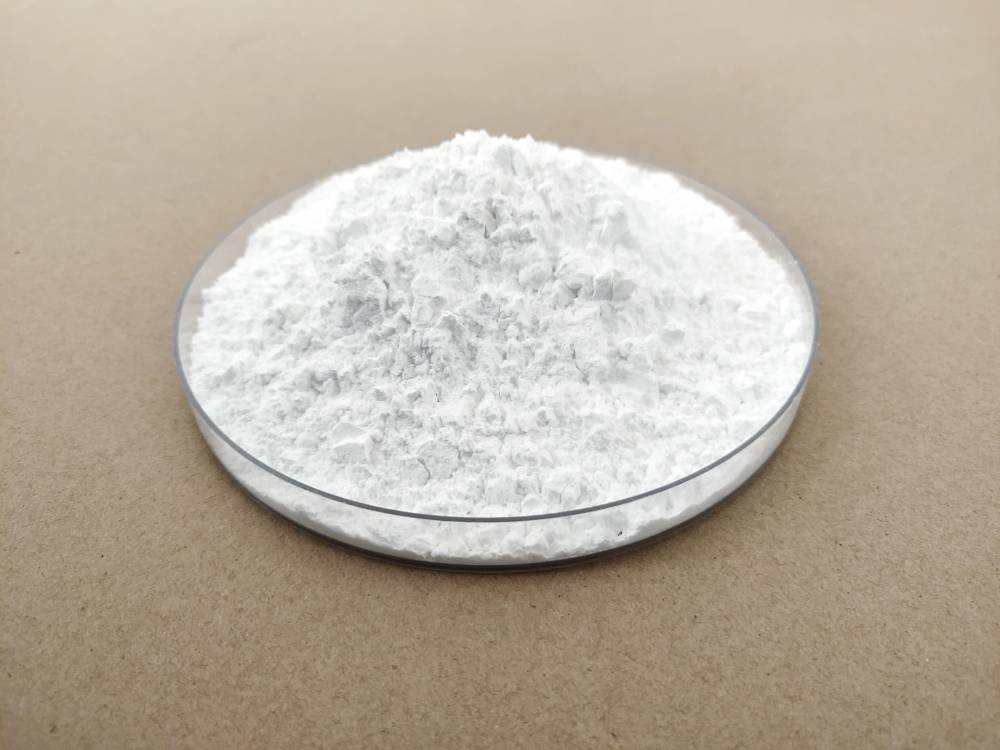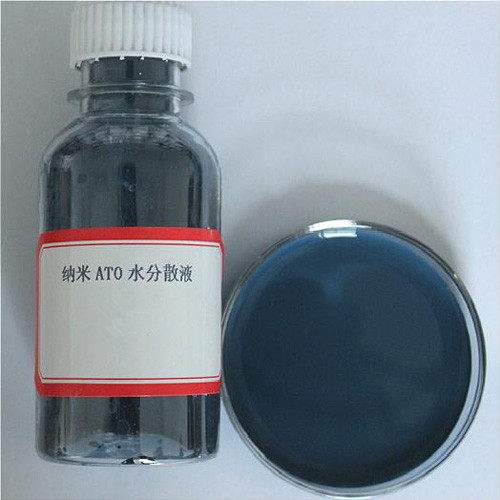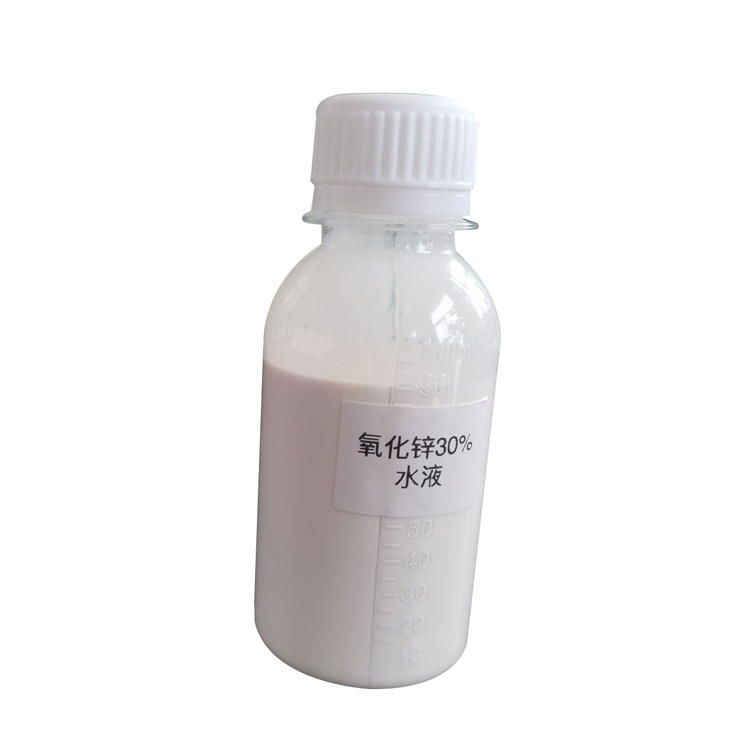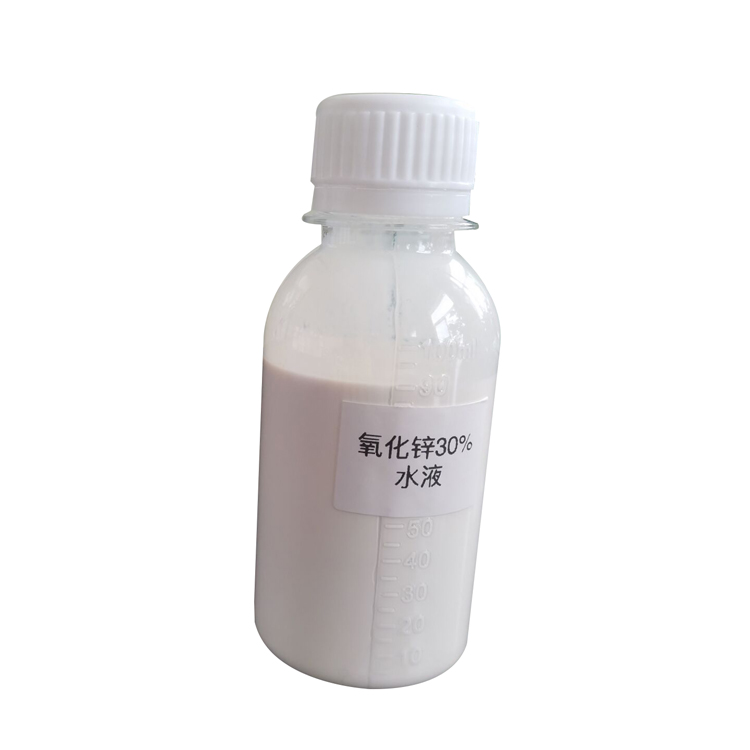As an amorphous inorganic material, the properties of glass are determined by both its chemical composition and microstructure. In mainstream glass systems such as sodium calcium silicate glass, borosilicate glass, etc., in addition to the main component SiO ₂, the selection and ratio of oxide additives directly affect the melting forming, mechanical properties, chemical stability, and functional characteristics of the glass. Magnesium oxide (MgO), as a typical alkaline earth metal oxide, plays a key role in regulating structure, optimizing performance, and improving process in glass composition due to its small ion radius (0.072 nm) and high field strength (Z/r ²=6.25). This article briefly analyzes the mechanism and practical value of magnesium oxide in glass from six dimensions: melting process, mechanical properties, chemical stability, thermal properties, optical quality, and application scenarios.

1、 Adjusting the melting and forming process: reducing energy consumption and minimizing defects
The melting process of glass is the process of converting solid raw materials into a uniform melt and removing bubbles and stripes. Magnesium oxide significantly optimizes the quality of melting and forming by regulating the viscosity and surface tension of the melt.
In sodium calcium silicate glass, the traditional components are mainly SiO ₂ (70% -75%), Na ₂ O (12% -16%), and CaO (6% -10%), MgO(3.5%-4%)。 CaO and MgO are both alkaline earth metals. At high temperatures (>1400 ℃), Mg ² ⁺ reacts with Ca ² ⁺ and combines with non bridging oxygen to weaken the polymerization degree of the silicon oxygen network, reduce the viscosity of the melt, and accelerate the dissolution of raw materials and the escape of bubbles; In the low-temperature (<1000 ℃) forming stage, the high field strength characteristics of Mg ² ⁺ enhance the intermolecular forces, increase the viscosity of the melt (such as in the tin bath of float glass forming, the viscosity increases by about 8%), avoid deformation of the glass ribbon due to gravity, and reduce uneven thickness defects. The dual control effect of "high temperature viscosity reduction and low temperature viscosity increase" reduces the energy consumption of the melting furnace, shortens the melting time by 10% -15%, and reduces the bubble rate by more than 30%, significantly improving production efficiency.
In addition, magnesium oxide can inhibit the crystallization tendency of the melt. When the glass melt cools, Ca ² ⁺ easily forms crystal phases such as calcium feldspar (CaAl ₂ Si ₂ O ₈) with SiO ₂, leading to glass loss (such as stripes and stone defects). The ionic radius of Mg ² ⁺ is smaller than that of Ca ² ⁺ (0.099 nm), and it has stronger compatibility with the silicon oxygen network, which can hinder the growth of crystal nuclei through the "filling effect". In the production of flat glass, when the amount of MgO added is 2% -4%, the upper limit temperature of crystallization in the melt decreases by 15-25 ℃, effectively expanding the molding temperature range and reducing crystallization defects caused by local undercooling.
2、 Strengthening mechanical properties: enhancing strength and toughness
The brittleness of glass is essentially due to the long-range disorder of atomic arrangement in the microstructure, while magnesium oxide significantly improves its mechanical properties by optimizing network density and ionic bonding strength.
Enhancement of hardness and elastic modulus: The high field strength of Mg ² ⁺ forms strong ionic bonds with oxygen ions, reducing the number of non bridging oxygen species (which are weak points in the network structure). In sodium calcium silicate glass, when MgO replaces 10% -20% CaO, the Vickers hardness of the glass increases from 5.5 GPa to 6.2 GPa, and the elastic modulus increases from 68 GPa to 75 GPa. This is because the binding energy between Mg ² ⁺ and silicon oxygen tetrahedra (about 640 kJ/mol) is higher than that of Ca ² ⁺ (about 560 kJ/mol), making the network structure denser. For example, adding 3% -5% MgO to photovoltaic glass increases surface scratch resistance by 20%, reducing surface damage during transportation and installation.
Optimization of flexural strength and toughness: The flexural strength of glass depends on the propagation resistance of "microcracks" in the structure, and magnesium oxide plays a role by refining the size of network defects. Research has shown that in sodium calcium silicate glass containing MgO, the average length of microcracks is shortened from 8 μ m to 5 μ m, and the crack propagation rate is reduced by 30%. After replacing 25% CaO with MgO in bottle glass, the flexural strength increased from 45 MPa to 58 MPa, and the impact resistance of the bottle body increased by 25%, significantly reducing the problem of explosion during the filling process. In addition, magnesium oxide can reduce the brittleness index (fracture energy/elastic modulus) of glass. In borosilicate heat-resistant glass, adding 4% -6% MgO can reduce the brittleness index by 12% and improve its toughness against thermal shock.
3、 Enhance chemical stability: inhibit ion leaching and corrosion
The chemical stability of glass (water resistance, acid resistance, alkali resistance) depends on the resistance of the network structure to external ion erosion. Magnesium oxide significantly improves its environmental adaptability by enhancing network density and ion binding force.
Improvement of water resistance: In sodium calcium silicate glass, the high migration rate of Na ⁺ makes it easily soluble in water (forming a "de alkali layer"), while Mg ² ⁺ can reduce the dissolution rate of Na ⁺ through "ion exchange". In the ISO 719 water resistance test, the weight loss rate of sodium calcium glass without MgO was 0.15 mg/cm ². After adding 3% MgO, the weight loss rate decreased to 0.08 mg/cm ². This is due to the stronger binding force between Mg ² ⁺ and the silicon oxygen network, which hinders the penetration of H ₂ O molecules into the interior of the glass. This feature extends the service life of glass containing MgO by more than 30% in humid environments such as building curtain walls and aquariums.
Enhanced alkali resistance: In alkaline environments, OH ⁻ attacks the Si-O-Si bond, leading to network disintegration, while the introduction of Mg ² ⁺ can form an "alkaline buffer layer". After adding 5% -7% MgO to glass fibers used in cement-based composite materials, the strength retention rate of glass fibers soaked in an alkaline solution with pH=13 for 28 days increased from 65% to 82%. This is because Mg ² ⁺ and OH ⁻ form Mg (OH) ₂ precipitates, blocking the pores on the glass surface and slowing down the penetration of alkaline solution.
Acid resistance regulation: For boron containing glasses (such as optical glasses), magnesium oxide can inhibit the hydrolysis of boron oxygen networks. In borosilicate glass, B ³ ⁺ easily combines with H ⁺ to form [BO ∝] ³ ⁻, leading to network disintegration, while the high field strength of Mg ² ⁺ can stabilize the [BO ₄] ⁻ tetrahedral structure. After adding 2% -3% MgO, the weight loss rate of glass in 10% HCl solution decreased by 40%, making it suitable for precision instrument windows in acidic environments.
4、 Optimize thermal properties: reduce expansion coefficient and improve heat resistance
The coefficient of thermal expansion (CTE) is a key parameter in the composite of glass, metal, ceramics, and other materials. Magnesium oxide achieves precise control of CTE by adjusting the vibration characteristics of the network.
The core additive of low expansion glass: In low expansion borosilicate glass (such as Pyrex glass), MgO works synergistically with B ₂ O3 and Al ₂ O3 to reduce thermal vibration amplitude through "network filling". The ion radius of Mg ² ⁺ is small and can be embedded in the gaps of silicon oxygen/boron oxygen networks, limiting the relaxation of the network at high temperatures. When the amount of MgO added is 4% -6%, the CTE of the glass decreases from 3.2 × 10 ⁻⁶/℃ to 2.8 × 10 ⁻⁶/℃, meeting the matching requirements for sealing with metals such as tungsten and molybdenum (metal CTE is about 4 × 10 ⁻⁶/℃). For example, in low expansion glass used for electronic packaging, the introduction of MgO reduces the thermal stress at the sealing interface by 25%, avoiding cracking caused by temperature cycling.
Improvement of thermal shock resistance: The thermal shock resistance of glass depends on the combined effect of CTE and thermal conductivity, and magnesium oxide can optimize both simultaneously. In sodium calcium silicate glass, adding 3% MgO reduces the CTE from 9.0 × 10 ⁻⁶/℃ to 8.2 × 10 ⁻⁶/℃, increases the thermal conductivity from 1.05 W/to 1.18 W/, and increases the heat-resistant impact temperature difference (Δ T) from 120 ℃ to 150 ℃. This characteristic makes glass containing MgO suitable for kitchen utensils (such as baking pans), car headlights (withstanding temperature fluctuations from -40 ℃ to 120 ℃), and other scenarios.
5、 Ensure optical quality: maintain transparency, regulate refractive index
Optical glass has strict requirements for transparency, refractive index (nD), and dispersion coefficient (∆ D), and magnesium oxide has become an ideal additive for functional optical glass due to its colorless and weak coloring properties.
High transparency maintenance: MgO itself is a colorless oxide and does not introduce transition metal ions (such as Fe ³ ⁺, Cr ³ ⁺), which can avoid glass coloring. In ultra white photovoltaic glass, when the MgO addition is controlled at 2% -3%, the visible light transmittance (400-700 nm) can reach over 94.5%, which is only 0.3% lower than pure silicon glass and far superior to glass containing Fe ₂ O ∝ (transmittance<91%). In addition, magnesium oxide can reduce bubbles and crystallization defects in glass, further reduce light scattering losses, and improve the light transmission uniformity of glass windows for laser rangefinders by 15%.
Refractive index and dispersion control: The molar refractive index (R=3.2) of MgO is between CaO (R=4.0) and ZnO (R=3.0), and the optical constants of the glass can be fine tuned by adjusting the amount added. After replacing 10% CaO with MgO in crown brand optical glass, the refractive index nD decreased from 1.523 to 1.518, and the dispersion coefficient ∆ D increased from 58 to 62, meeting the design requirements of low dispersion lenses. For infrared transmission glass (such as GeO ₂ - MgO system), MgO can reduce the infrared absorption coefficient of the glass and increase the transmittance by 8% in the 3-5 μ m band, which is suitable for thermal imaging windows.
In the future, with the upgrading of green manufacturing and the demand for functional glass, the application of magnesium oxide will develop towards refinement: on the one hand, the mechanical and optical properties of glass will be further improved by doping with nano MgO (particle size<50 nm); On the other hand, by combining AI driven component design, a new MgO based glass system (such as MgO Li ₂ O-ZrO ₂ low melting point glass) can be developed to adapt to flexible electronics and hydrogen energy storage and transportation applications. The value of magnesium oxide in glass composition is shifting from a "performance regulator" to a "functional enabler", driving the evolution of glass materials towards higher performance and wider scenarios.
SAT NANO is a best supplier of MgO Magnesium oxide powder in China, we can offer nano particle size, if you have any enquiry, please feel free to contact us at sales03@satnano.com


























